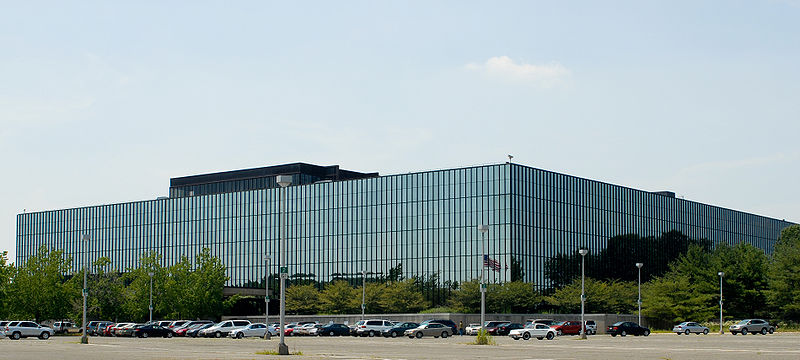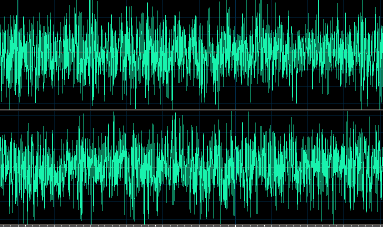Way back in the very early days of the World Wide Web, there were things called Newsgroups. Remember them?
There was rec.audio.high-end, for those of us who love this tweaky, consumer-oriented sort of thing. And for professional audio folk, there was rec.audio.pro. That’s where I encountered Jim Johnston (known as JJ) and Jim Snyder, who at the time worked at AT&T Labs (formerly Bell Labs) in Holmdel, NJ.
Rec.audio.pro, as those familiar with it will remember, was, much like Facebook is now, a semi-unregulated place for interaction. In the just-post-mid-1990s, my band of the time, variously known as the Tuesday Music club and the Tuesday Night Music Club (but to us it was just TMC) was in a funny position.
In 1995, Apple Computer had approached us about helping them release an Enhanced CD of our most famous work, the disc of
Tuesday Night Music Club, nominally by Sheryl Crow.(The Enhanced CD format combined music with computer data). Of course, we didn’t own said work – A&M Records did. However, Apple had approached A&M about it and A&M either didn’t get it or weren’t interested – or more likely, both. So they came to us, the people that created it.
Twenty-five years later it’s tough to remember all the details, but in my memory it went something like this: no money up front, but a contractual commitment to buy X number of E-CDs from us on completion, which we had a year to complete – and for which we would receive a minimum of $1.2 million. Apple planned to sell these through a series of stores they had planned to set up.
Seemed worth doing to me. (1)
But by the end of 1995, Apple was falling apart, along with our deal. Virtually everybody at the company was out. So, we moved on, so to speak. Somehow, in rec-audio.pro, Jim and Jim discovered that I was still interested in selling our music directly to our theoretical customer base, and Jim Snyder asked me directly if that’s what I wanted to do.
I said yes, of course, and we went from rec-audio.pro to email communication. It turns out they had a method of producing the discs involving data compression, and the issue for all sides was the quality of the download.
Jim and Jim put together a selection of known tracks, including the spectacular “The Grey Funnel Line” from Silly Sisters (Maddy Prior and June Tabor), each in three different compression ratios, and mailed it out to L.A (imagine – mailing!!). I was to listen to them and report back – which I did, after a few weeks: a detailed report. And heard nothing.
And then, after a month, Jim Johnston called me with this (I’m probably paraphrasing): “We got your report, and it was all about small things that we didn’t hear. But then went to Germany to Fraunhofer (
https://www.fraunhofer.de/en.html), and everything you wrote about was right there. So we’re really impressed with your ears.”
Naturally, I responded that anybody would have heard what I heard, and also that they should be impressed with the resolving power of my speakers. (I’ve since revised that opinion in favor of encouraging those who want to learn to hear, as it turned out I had done, through experience and careful listening.)
It turned out that AT&T had also accounted for how the recorded works on the disc would be paid for, which was contained within the software that did the download: a complete package. Exactly what was necessary.
And then came 1999 and Napster, and the world fell apart.
Postscript: I sent the preceding to JJ (Jim Johnston, who I’m still in touch with) to see if he had anything to add. If you’d care to learn a little bit more, he sent the following links:
https://www.rarewares.org/rrw/atta2b.php
http://www.a2bmusic.com/
https://www.cnet.com/news/a2b-music-team-leaves-at-t-for-reciprocal
(1) I also sent the article to Bill Bottrell, who recalled:
“Here’s what I remember. ‘The Kid’
(I remember him, though can’t remember who he was – DS) got us in touch with Apple; he was basically a fan and wanted to connect our scene with Apple or himself. I thought we could do more and better Tuesday Night Music Club stuff, as our own brand, by hooking up with Apple.
I thought we could do a live ‘webcast’ on Tuesday nights, write a song in real time, accept submissions from watchers via email, finish the song that night and amass a bunch of those, then weed them out at the end of a year final-mix them and put out the album with support from Apple at the point of sale.
They were offering us 50 percent of the retail sales if we would play the occasional corporate event (news to me – DS). They didn’t know how to fund it in their structure and wanted to start “Apple Studio,” their own designation.
I made two trips to Apple in Cupertino to discuss all this. On the second trip, they had prepared demonstrations of their tech that would be used to get this done. I heard their sound for webcast and thought it was appalling, (this was 1994 or 1995). They had no idea how to get the bandwidth sufficient to webcast video, and we discussed this at length.”
 AT&T Labs, Holmdel, NJ. Courtesy of Wikimedia Commons.
AT&T Labs, Holmdel, NJ. Courtesy of Wikimedia Commons.
 AT&T Labs, Holmdel, NJ. Courtesy of Wikimedia Commons.
AT&T Labs, Holmdel, NJ. Courtesy of Wikimedia Commons.
 AT&T Labs, Holmdel, NJ. Courtesy of Wikimedia Commons.
AT&T Labs, Holmdel, NJ. Courtesy of Wikimedia Commons.